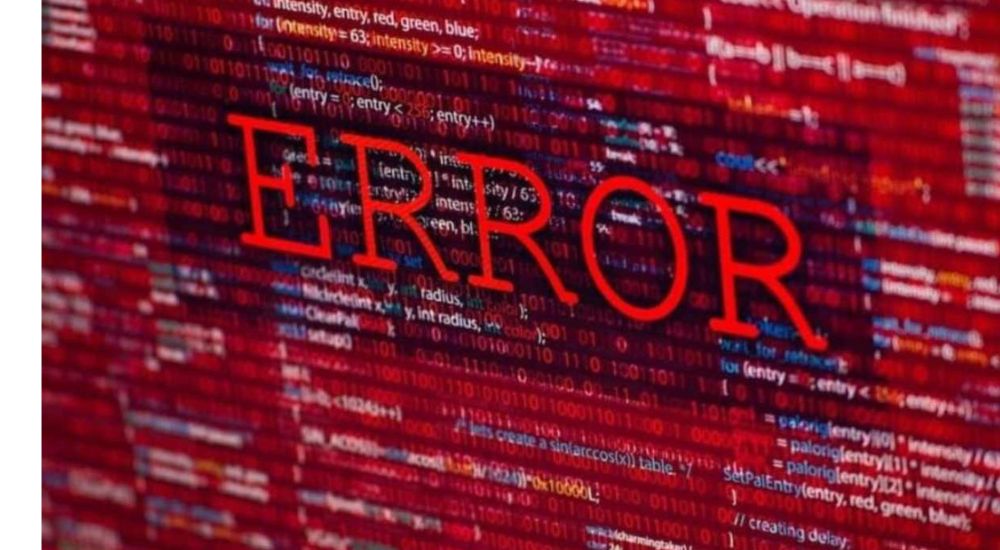Cavazaque, a term that may not be widely recognized, holds a significant place in the cultural and historical landscape of certain regions. But what exactly is Cavazaque, and why does it matter? This article delves into the intricate details of Cava zaque, uncovering its origins, cultural impact, economic importance, and much more. By the end, you’ll have a thorough understanding of why Cava zaque is more than just a word—it’s a vibrant part of history and culture that continues to influence the world today.
Origins of Cavazaque
The roots of Cava zaque can be traced back centuries, originating in regions rich in tradition and cultural heritage. It’s believed that Cava zaque began as a practice or concept that was deeply intertwined with the daily lives of the people in these regions. Its exact origin may be shrouded in mystery, but it is clear that Cavazaque played a vital role in shaping the social and cultural fabric of its time. As with many cultural practices, Cava zaque has evolved over the years. What started as a localized tradition gradually spread to other regions, adapting and transforming as it crossed geographical and cultural boundaries.
Cavazaque in Modern Context
In today’s world, Cavazaque continues to be relevant, albeit in different forms. While some of its traditional aspects may have faded, the essence of Cava zaque remains, often manifesting in new and innovative ways. Whether through art, music, or community practices, Cava zaque continues to leave its mark on modern society. Today, Cava zaque is not just a relic of the past but a living, breathing part of the culture that has adapted to modern times while retaining its core essence.
Cultural Impact
Influence on Local Traditions
Cavazaque has had a profound impact on the local traditions of the regions where it originated. From the way people celebrate festivals to the art they create, Cava zaque has influenced various aspects of life. It has become a symbol of identity for many, representing a connection to their roots and heritage.
Cavazaque in Art and Music
Art and music are two areas where the influence of Cava zaque is particularly evident. Many traditional artworks and musical compositions draw inspiration from Cava zaque, either directly or indirectly. The themes, styles, and even the materials used in these art forms often reflect the principles of Cava zaque, making it an integral part of the cultural expression in these regions.
Festivals and Celebrations
Cavazaque is often at the heart of local festivals and celebrations. These events provide a platform for people to come together and celebrate their shared heritage, with Cava zaque playing a central role. From traditional dances to rituals, Cava zaque is celebrated in various forms, reinforcing its importance in the cultural landscape.
Cavazaque’s Role in the Local Economy
Beyond its cultural significance, Cavazaque also plays a crucial role in the local economy. In many regions, it is a source of income for numerous families, with entire communities depending on Cava zaque-related activities for their livelihood. Whether through the production of goods, tourism, or other economic activities, Cava zaque contributes significantly to the local economy.
Trade and Commerce
Cavazaque has also influenced trade and commerce in the regions where it is practiced. Products and services related to Cava zaque are often in demand, both locally and internationally. This demand has led to the development of trade networks that connect these regions with the wider world, further enhancing the economic importance of Cava zaque.
Employment and Community Development
Cavazaque provides employment opportunities for many people, particularly in rural areas where other forms of employment may be scarce. This not only helps in sustaining families but also contributes to community development by providing resources that can be invested in local infrastructure, education, and healthcare.
Geographical Significance
Cavazaque is primarily practiced in specific regions known for their rich cultural heritage. These areas, often characterized by unique geographical features, have become synonymous with Cava zaque. The practice is deeply rooted in the environment, with the geography playing a significant role in shaping the traditions and techniques associated with Cavazaque. The environment in which Cava zaque is practiced has a direct influence on how it is performed. From the availability of natural resources to the climate, various environmental factors contribute to the uniqueness of Cava zaque in different regions. These factors not only shape the practice itself but also add to its richness and diversity.
Cavazaque Practices
The traditional techniques of Cava zaque are passed down through generations, often within families or communities. These techniques are an essential part of the practice, with each region having its own unique methods. While the core principles remain the same, the specific techniques can vary, reflecting the local environment and cultural influences. As times have changed, so too has Cava zaque. Modern adaptations of Cavazaque have emerged, blending traditional techniques with contemporary practices. These adaptations ensure that Cava zaque remains relevant in today’s world, allowing it to evolve while staying true to its roots. The tools and materials used in Cava zaque are often specific to the region where it is practiced.
Challenges Facing Cavazaque
One of the major challenges facing Cava zaque today is environmental degradation. The regions where Cavazaque is practiced are often vulnerable to environmental changes, which can threaten the sustainability of the practice. From deforestation to climate change, various factors are putting pressure on the traditional ways of life associated with Cava zaque. Socio-economic factors also pose significant challenges to the continuation of Cava zaque. Economic pressures, migration, and the lure of modern lifestyles are leading to a decline in the number of people practicing Cava zaque. This has resulted in a loss of knowledge and skills, making it difficult to pass on the tradition to future generations.
Cavazaque in Popular Culture
Cavazaque has found its way into popular culture, often being represented in various forms of media. From films to literature, Cava zaque has been portrayed in different ways, sometimes romanticized and at other times critically examined. These representations have helped bring Cava zaque to a wider audience, raising awareness of its cultural significance. While Cava zaque may have originated in specific regions, its influence has spread far beyond its borders. Elements of Cava zaque can be found in global culture, whether through art, fashion, or lifestyle trends. This global influence is a testament to the enduring appeal and adaptability of Cava zaque.
Global Spread of Cavazaque
As Cavazaque gained recognition, it began to spread to other parts of the world. This spread was facilitated by migration, trade, and cultural exchange, with people taking Cava zaque with them wherever they went. Today, Cava zaque can be found in various forms in different parts of the world, often blending with local traditions to create something new and unique. The international recognition of Cavazaque has led to increased interest and appreciation for the practice. Various organizations and cultural institutions have started to promote Cava zaque, helping to preserve and celebrate this unique cultural heritage on a global scale.
Cavazaque and Technology
Technology has had a significant impact on Cavazaque, leading to innovations in how it is practiced and preserved. From new tools and materials to digital platforms that document and share knowledge, technology is playing a crucial role in the evolution of Cava zaque. In addition to driving innovation, technology is also helping to preserve traditional practices of Cava zaque. Digital archives, online tutorials, and virtual communities are making it easier for people to learn and practice Cava zaque, ensuring that it remains accessible to future generations.
Education and Cavazaque
Education plays a vital role in the continuation of Cavazaque. Traditional methods of learning, such as apprenticeships and community-based teaching, are still prevalent, but modern educational approaches are also being adopted. Schools and cultural institutions are incorporating Cava zaque into their curricula, helping to pass on the tradition to younger generations. The inclusion of Cava zaque in educational institutions is a relatively recent development, but it is one that holds great promise. By teaching Cava zaque in schools and universities, there is an opportunity to keep the tradition alive and ensure that it continues to evolve in a way that respects its origins.
Cavazaque and the Future
The future of Cavazaque is uncertain, but there is hope that it will continue to thrive. With increased awareness, support, and innovation, Cava zaque has the potential to grow and adapt to the changing world. The key to its survival will be balancing tradition with modernity, ensuring that Cava zaque remains relevant without losing its core identity. There is significant potential for the growth and development of Cava zaque, particularly in the areas of tourism, education, and cultural exchange. By leveraging these opportunities, it is possible to create a sustainable future for Cava zaque, one that benefits both the practitioners and the wider community.
Conclusion
In conclusion, Cavazaque is more than just a cultural practice; it is a way of life that has shaped and been shaped by the people who practice it. From its origins to its modern adaptations, Cava zaque continues to play a vital role in the cultural, economic, and social fabric of the regions where it is practiced. While challenges remain, the future of Cava zaque looks promising, provided that efforts are made to preserve and promote this unique tradition.
Read More interesting topic about bedroom
- SpeedyShort Revolutionizing Efficiency in Digital Tasks
- How Dimmable LED Flash lights Are Revolutionizing Portable Lighting
- A Guide to Setting Up torch_cuda_arch_list 3060 for Your NVIDIA RTX 3060
- Thewifevo A Comprehensive Guide to a Unique Concept
- Emiliepturner A Story of Innovation, Resilience, and Success













